Make Science Exploring Easy For Your Kid with Codeyoung
Make Science Exploring Easy For Your Kid with Codeyoung
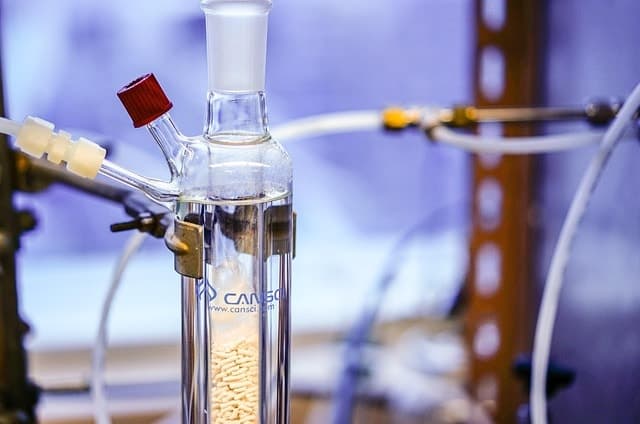
Ever seen a kid’s face light up when they perform a classic experiment, like ir homemade volcano erupts and bubbles pop everywhere? Or when a simple egg magically slips into a glass bottle like it’s performing a science trick? That’s the kind of crazy-fun chaos we love at Codeyoung!
Science isn’t just about facts—it’s about discovery, curiosity, and hands-on learning. At Codeyoung, we make science experiments for kids exciting, easy, and full of wonder. Every experiment becomes a chance for kids to explore how the world works, one fun discovery at a time.
Whenever I see a child’s eyes widen in amazement after a successful experiment, it reminds me why I love science so much. When kids explore, they’re not just memorizing—they’re understanding the challenge of process, testing ideas, and creating their own discoveries.

At Codeyoung, I’ve seen this transformation every day. Through easy science experiments that use air, energy, and everyday materials, we help children become thinkers, dreamers, and creators. Our programs nurture not only knowledge but also research skills, confidence, and curiosity—the true fuel for lifelong learning.
From easy science experiments that explain chemical reactions to creative projects using everyday materials, we design each science activity to help children learn, play, and create. Our approach combines imagination with structured research, turning curious students into young scientists ready to explore the importance of how nature behaves.
Whether it’s exploring air pressure, creating the biggest bubbles, or observing the water cycle, Codeyoung helps kids understand science through fun, interactive, and creative projects
Why Science Experiments For Kids Can Spark Curiosity
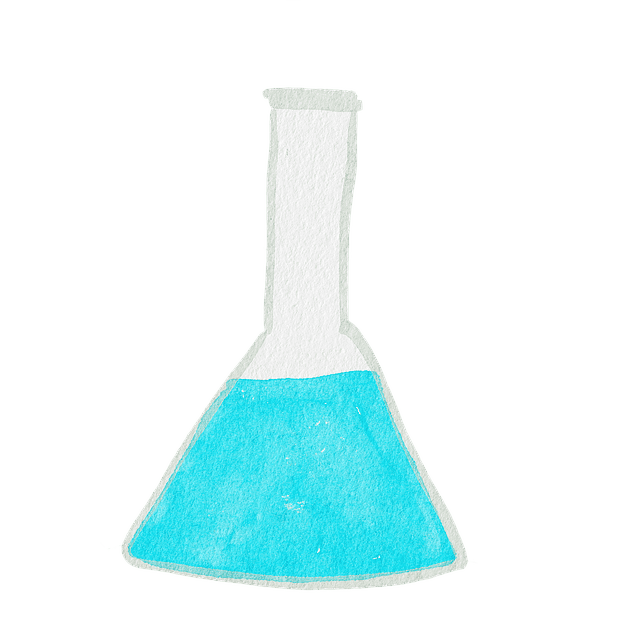
Children are born explorers—they’re always asking “why,” “how,” and “what if.” Science experiments for kids use this curiosity as fuel to help them discover amazing things about the world.
When students use everyday materials like baking soda, lemon juice, or dish soap, they begin to learn about chemical reactions and the science behind them. Watching an egg float in salt water or seeing bubbles form when carbon dioxide gas is released isn’t just a fun trick—it’s real chemistry in action, just like when you inflate a balloon .
At Codeyoung, our science experiments make kids feel like real scientists. Through simple experiments, they create and discover new results while improving their observation and reasoning skills. They realize that science isn’t limited to a classroom or a lab —it’s everywhere, from the food they eat to the light they see and the sound they hear.

This is what makes science experiments for kids such powerful learning tools—they turn theory into real, visible discoveries.
Inspiring Curiosity Through Hands-On Science Activities
Hands-on science experiments transform science from a subject into an adventure. At Codeyoung, every science activity encourages kids to test ideas, form hypotheses, and explore outcomes beyond the traditional classroom .
Here are a few of our favorite projects that you can try using everyday materials, perfect for school or home.
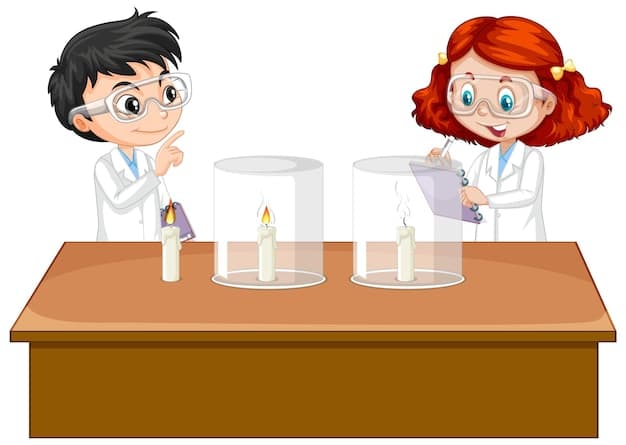
Mini Volcano Experiment: Mix baking soda, vinegar, and food coloring to create fizzing lava. This classic experiment produces carbon dioxide, teaching kids about chemical reactions and energy release.
Balloon Rocket: Use a balloon, straw, and string to demonstrate air pressure and motion. It’s an exciting way to visualize how air can make objects expand, float, or move.
Homemade Rain Gauge: This simple experiment helps students track rainfall and understand the water cycle and how it affects the earth and environment.
Each experiment is designed to teach kids how science works in daily life—how sound waves travel, how surface tension helps bubbles form, how warm water can change density, and how liquids interact.
At Codeyoung, we believe that every time kids ask a question or build something new, they are already doing science.

The Benefits of Science Experiment Kits for Kids
One of the easiest ways to make learning interactive is through science experiment kits. Codeyoung’s virtual kits are perfect for school, classroom, or home-based learning, making them ideal for experiments for kids . They make it simple to demonstrate concepts while letting childrenplay, test, and explore safely.
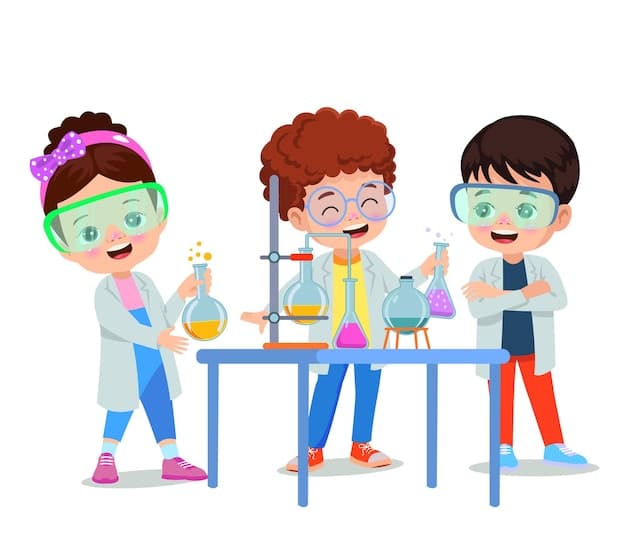
Here’s why these kits are a hit with parents and students alike:
Confidence Through Guided Learning: Kids follow easy, step-by-step instructions to conduct science experiments, helping them learn independently.
Parent-Child Bonding: Families can create experiments together, using everyday materials like shaving cream, plastic bottles, or sand, transforming the kitchen into a mini lab.
Curriculum Connection: Codeyoung aligns every experiment with school learning goals, helping students prepare for science fairs or class projects with confidence.
These kits are filled with amazing ways to teach kids about density, liquids, and static electricity. Whether it’s watching an eggfloat in salt water or creating a rainbow of colors using food coloring and dish soap, or even launching a balloon children see science in action and build strong critical thinking skills.

Interactive Science Experiments For Kids in the Online Classroom and Beyond
Learning science online doesn’t have to mean missing out on fun or discovery. I’ve personally seen how engaging the Codeyoung classroom can be—kids don’t just listen; they experiment, question, and create like real scientists.
Our instructors use videos, live demos, and interactive simulations to bring science experiments for kids to life. I remember one session where a group of students squealed with excitement as they watched carbon dioxide gas inflate a balloon during a virtual baking soda and vinegar experiment. It was amazing to see their faces light up when they realized they made that reaction happen!

Another time, during an online class, we explored sound waves using a bowl of rice placed over a speaker. The moment the rice started dancing to the beat, the children burst into laughter—it was the perfect mix of amazing science and joy. Moments like these make me believe that curiosity thrives even through a screen.
From creating elephant toothpaste that foams high into the air, to observing static electricity by rubbing a balloon on hair, Codeyoung’s experiments are designed to be safe, visual, and exciting, especially when teaching about density . I’ve even tried a few of these with my younger cousin at home—watching her amazement as the foam expanded was absolutely priceless.
Even online, kids can explore the importance of air pressure, light reflection, or energy transfer. I’ve noticed how every time they ask “Why did that happen?” the learning deepens. Our hands-on approach ensures every student understands why and how something happens—not just that it happens, which helps concepts pop in their mind .

In every session, kids become active scientists, building their own discoveries and learning to appreciate how the earth, air, and water around them work together. When I watch them collaborate during group projects—sharing their screens, discussing results, and laughing through the challenge of mistakes—it reminds me why I love seeing children learn through play.
Creative and Easy Science Projects that Foster a Lifelong Love for Learning
Creativity, I believe, is the heartbeat of science. Whenever I see kids expressing themselves through colorful experiments, I realize how science and imagination are inseparable. Whether they’re making elephant toothpaste, tracking the water cycle, or exploring how sound travels through different materials, each experiment encourages them to think, question, and wonder.
Here are a few easy science experiments I’ve personally tried or seen in Codeyoung’s programs—each combining fun, learning, and creativity perfectly:

Water Cycle in a Bag: I once helped a group of students make this using a zip-lock plastic bag, warm water, and a bit of food coloring. We taped it to a sunny window and, over a few hours, watched tiny water droplets form and fall back down—showing the full process of evaporation and condensation. It was like watching the earth’s mini weather system inside a bag!
Magic Milk Experiment: Mix milk with dish soap, food coloring, and a little shaving cream—and you’ll see colors swirl beautifully. I tried this one with my niece, and she squealed when the colors began to dance. It’s a brilliant way to teach kids about surface tension using simple, safe, and everyday materials.
Egg in a Bottle: I once used a boiled egg and a glassbottle to demonstrate air pressure. As the heated air inside cooled, the egg slowly got pulled inside the bottle. Watching that moment never gets old—it perfectly shows how energy and gases expand and contract.
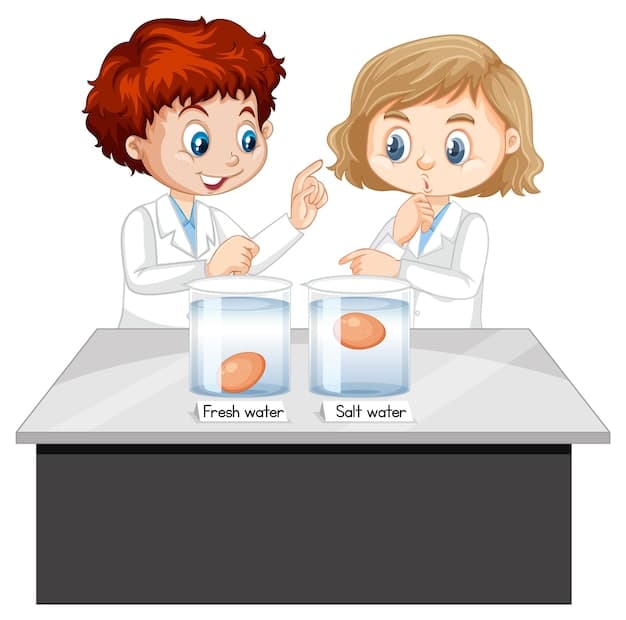
Through these activities, students don’t just learn about chemistry or physics—they experience them. They begin to see how liquids, bubbles, and solids behave in the world around them. I’ve seen how one simple experiment can lead to dozens of follow-up questions, as kids start connecting these concepts to their daily lives—like wondering why soap helps clean dishes or how light bends through a glass of water.
At Codeyoung, I love how each session encourages creativity, curiosity, and confidence. When I see kids share their colorful rainbow jars or discuss how they made the biggest bubbles, I can tell that they’re not just learning—they’re truly enjoying the process.
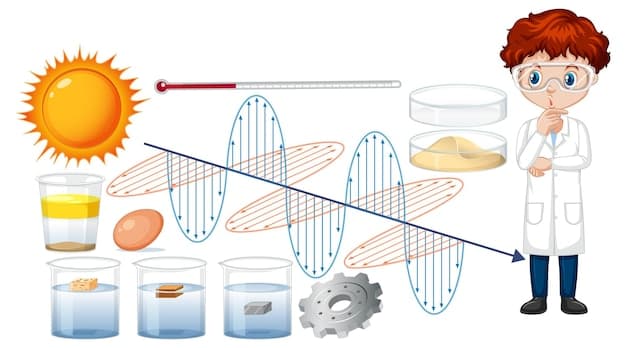
I’ve realized that when you combine curiosity with creativity, learning becomes limitless. Every simple science experiment—no matter how small—is an invitation to play, discover, and grow as young scientists ready to protect and improve their world.
Science Experiments For Kids - FAQs
What are the best science experiments for kids that can be done at home?
From my experience, easy science experiments like baking soda volcanoes, floating egg tests, and rainbow jars are perfect. These fun projects teach kids about density, air pressure, and chemical reactions using everyday materials found right in your kitchen. I once did the classic volcano with my niece, and watching liquids bubble over a glass bowl was pure joy — it truly helped her discover how science can be both creative and exciting.
These science experiments turn simple household resources into learning tools. Whether you’re using soda, salt, or warm water, they encourage curiosity and make every child feel like a mini scientist working in their own lab. It’s amazing how a few everyday materials can pop with color and excitement, especially for children of all ages eager to learn.
How do science experiments help children understand complex concepts?
I’ve seen children grasp tough ideas so quickly once they see them in action. These activities demonstrate concepts rather than explain them abstractly. Watching carbon dioxide form bubbles or sound waves move sand helps kids learn faster and retain knowledge longer.
What I love about these science experiments is how they turn invisible theories into visible discoveries. When liquids mix, gases form, or light bends through a glass of water, kids witness real science at work. This visual science activity makes the answer to every “why” question easier to understand. It’s no wonder these projects inspire students of all ages to think deeply, ask questions, and embrace every challenge with excitement.
Can you suggest some simple yet engaging science activities for kindergarten students?
Yes! I love trying balloon rockets, rain gauges, and lemon juice writing (invisible ink). These easy science experiments for kids show how energy, light, and air interact in a fun and colorful way. One winter, I helped my neighbor’s child make fake snow using baking soda and shaving cream—her laughter said it all! It was cold, fluffy, and taught her how density changes when materials combine differently.
Each science activity brings a playful lab experience right into your living room. These projects use everyday resources like dish soap, sand, plastic bottles or food coloring, making it easy for children of all ages to discover something new while having fun. Plus, when they see bubbles pop or soda fizz, their excitement doubles — learning becomes a joyful adventure instead of a classroom routine.
How does Codeyoung make online science engaging?
In my experience, Codeyoung combines videos, live projects, and personal mentoring to make science feel alive. Whether it’s creating elephant toothpaste or testing surface tension, every online session is full of laughter, discovery, and teamwork. I remember one session where a student accidentally added extra soda to his volcano — the eruption reached new heights, and the entire virtual classroom cheered!
Through easy science experiments guided by expert mentors, Codeyoung turns digital lessons into real-world experiences. Every science activity is designed to challenge young minds while making the process feel like play. The use of visuals, videos, and interactive resources ensures every student gets the most from their virtual lab, no matter their ages or experience level. It’s truly amazing how digital learning can feel so hands-on.
What makes a great science experiment for young learners?
A great science experiment is simple, safe, and filled with wonder. It uses everyday materials like baking soda, shaving cream, or sand—and ends with an “aha!” moment that sparks imagination and play. When I first did the egg in a bottleexperiment, I was amazed by how air pressure could pull the egg in. Watching that glass bottle perform its magic made me realize how science can answer even the simplest questions in the most delightful ways.
For young learners, easy science experiments that mix liquids, create bubbles, or show density shifts are the best. They challenge children to think, observe, and question. Every science activity should invite kids to discover something new while giving them the confidence to explore their world—because when learning feels amazing, curiosity never fades.
Final Thoughts
I’ve watched many students end a session with a proud smile, saying, “I did it!” — and honestly, that’s what makes every science activity worth it.
Because when you teach kids to explore like scientists, they’ll see the earth differently and learn to protect it . They’ll create, discover, and keep asking why for the rest of their lives.
So, are you ready to turn your home into a mini lab of amazing discoveries?
Let your child explore science the Codeyoung way—where fun, learning, and wonder are always combined to make the perfect experiment that will pop with excitement every time.
Comments
Your comment has been submitted successfully!